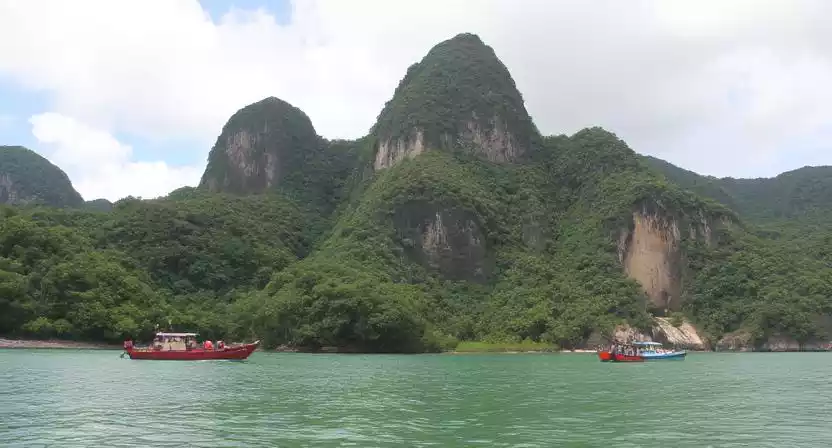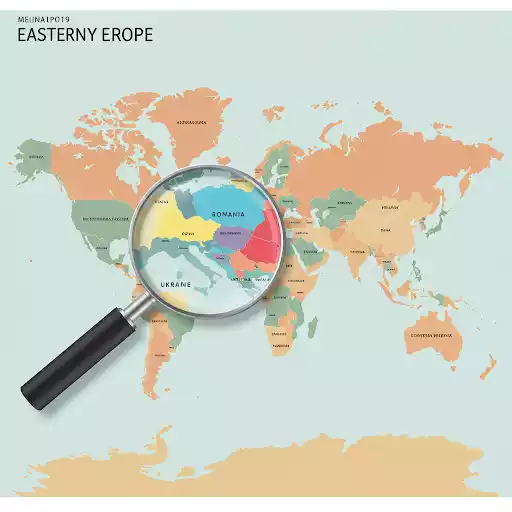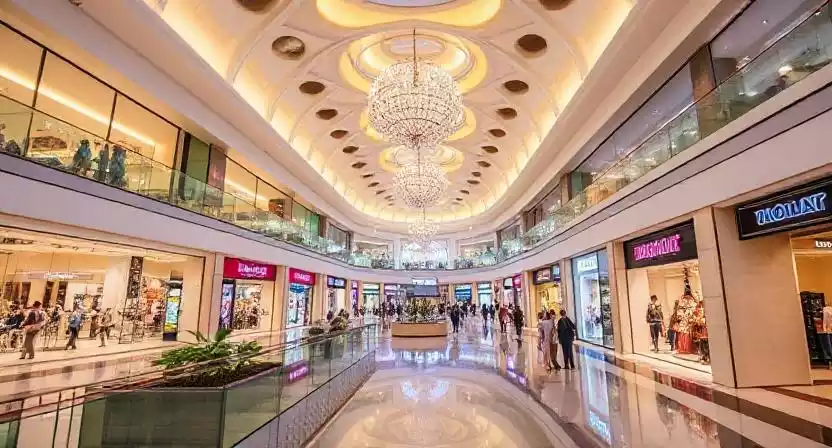The Philippines. This archipelago of over seven thousand islands conjures images of pristine beaches and warm smiles. While these perceptions hold truth, the Philippines is a nation of profound complexity and captivating contrasts. To truly understand this Southeast Asian gem, one must delve deeper. One must explore its rich history, vibrant culture, and the resilient spirit of its people. This blog unveils ten essential aspects of the Philippines. These insights will move beyond the postcard clichés. They will offer a richer and more nuanced understanding of this fascinating country.
An Archipelago of Astonishing Scale
The sheer size and fragmented nature of the Philippines are fundamental to understanding its diversity. With over 7,600 islands, islets, and reefs, navigating the archipelago presents both challenges and unique opportunities. This geographical reality has fostered distinct regional cultures and languages. It has also influenced the country’s history and political landscape. Connecting these islands requires a complex network of sea and air travel. This archipelagic nature contributes significantly to the Philippines’ unique identity and its multifaceted character.
Furthermore, the vast coastline and numerous islands contribute to the Philippines’ immense biodiversity. From vibrant coral reefs teeming with marine life to lush rainforests harboring unique flora and fauna, the country is a treasure trove of natural wonders. This geographical complexity shapes not only the movement of people and goods but also the ecological richness that defines the Philippines.
A Tapestry Woven by History
The Philippines boasts a history as intricate and colorful as its woven fabrics. Before Spanish colonization in the 16th century, diverse indigenous kingdoms and communities thrived. They engaged in trade and cultural exchange with neighboring Southeast Asian nations. The arrival of Ferdinand Magellan in 1521 marked the beginning of over 300 years of Spanish rule. This era left an indelible mark on the country’s religion, language, and social structures.
Subsequently, the Philippines became a territory of the United States following the Spanish-American War. This period introduced democratic ideals and American cultural influences. However, it was also marked by periods of struggle for independence. The Philippines finally achieved full independence in 1946 after the tumultuous years of World War II and Japanese occupation. This layered history has created a unique cultural blend, a fascinating fusion of East and West.
A Nation United by Resilience
The Filipino spirit is often characterized by remarkable resilience. The country frequently faces natural disasters such as typhoons, earthquakes, and volcanic eruptions. Despite these challenges, the Filipino people consistently demonstrate an unwavering ability to recover and rebuild. This resilience is deeply ingrained in their culture. It is evident in their strong family ties and community support systems. This inherent strength and optimism in the face of adversity are truly defining characteristics of the Philippines.
Moreover, this resilience extends beyond natural disasters. The Philippines has navigated political and economic challenges throughout its history. The people’s ability to adapt and persevere in the face of these difficulties speaks volumes about their national character. This enduring spirit of resilience is a key aspect to understanding the Filipino identity.
The Power of Family and Community
Family and community ties are exceptionally strong in Filipino culture. The concept of “bayanihan,” a spirit of communal unity and cooperation, remains deeply ingrained. Extended families often live in close proximity. They provide emotional and financial support to one another. Respect for elders is paramount. Social gatherings and celebrations centered around family are integral to Filipino life. This strong sense of belonging and mutual support forms the bedrock of Filipino society.
Furthermore, this emphasis on community extends beyond family. Filipinos are generally known for their hospitality and warmth towards visitors. The concept of “pakikisama,” or maintaining good social relationships, is highly valued. This strong social fabric contributes to the welcoming and friendly atmosphere that many visitors experience in the Philippines.
A Symphony of Languages
While Filipino and English are the official languages, the Philippines is a linguistic melting pot. Over 180 distinct languages and dialects are spoken across the archipelago. Tagalog, predominantly spoken in the Manila region, serves as the basis for Filipino, the national language. This linguistic diversity reflects the country’s fragmented geography and rich history. It also contributes to the unique cultural identities of different regions.
Consequently, communication across different islands can sometimes present challenges. However, English is widely spoken, particularly in urban areas and within the business and education sectors. This widespread English proficiency makes the Philippines a relatively accessible country for international visitors and businesses. The interplay of these various languages creates a vibrant linguistic landscape.
A Vibrant Tapestry of Faith
The Philippines is the only predominantly Christian nation in Asia. Spanish colonization left a lasting legacy of Roman Catholicism, which remains the dominant religion. However, the country also boasts a rich tapestry of other faiths and indigenous beliefs. Islam has a significant presence in the southern regions of the Philippines. Various Protestant denominations and other religious groups also thrive. This religious diversity contributes to the country’s multifaceted cultural identity.
Furthermore, religious festivals and traditions play a significant role in Filipino life. These events are often colorful and deeply ingrained in local culture. They showcase the strong faith and vibrant traditions of the Filipino people. This deep-seated religiosity is an important aspect of understanding Filipino society and its values.
A Culinary Adventure Awaits
Philippine cuisine is a fascinating blend of indigenous ingredients and influences from Spanish, Chinese, Malay, and American cooking. Dishes often feature a unique balance of sweet, sour, and salty flavors. Rice is a staple. Popular dishes include adobo (meat stewed in soy sauce, vinegar, garlic, and peppercorns), sinigang (sour soup), and lechon (roasted pig). Each region boasts its own culinary specialties, reflecting the diverse local ingredients and cultural influences.
Moreover, food is deeply intertwined with Filipino culture and social gatherings. Meals are often shared family-style. Hospitality is often expressed through the offering of food. Exploring the diverse culinary landscape of the Philippines is an essential part of experiencing its rich culture.
A Land of Breathtaking Beauty
The Philippines is undeniably a land of breathtaking natural beauty. From the world-renowned beaches of Boracay and Palawan to the stunning rice terraces of Banaue and the Chocolate Hills of Bohol, the country offers a diverse range of landscapes. Active volcanoes, lush rainforests, and vibrant coral reefs abound. This natural beauty attracts tourists from around the globe. It also provides a rich source of biodiversity and natural resources.
However, this natural beauty also faces environmental challenges. Conservation efforts are crucial to protect the Philippines’ unique ecosystems and ensure their sustainability for future generations. Balancing tourism and development with environmental preservation is an ongoing challenge for the nation.
A Nation Embracing the Future
The Philippines is a young and dynamic nation with a rapidly growing economy. It is increasingly embracing technology and innovation. The Filipino people are known for their adaptability and eagerness to learn new skills. The country has a significant and growing presence in the global outsourcing and services industries. While challenges remain, the Philippines is a nation with immense potential and a youthful energy driving it towards the future.
Furthermore, the Filipino diaspora around the world contributes significantly to the country’s economy and cultural exchange. Remittances from overseas Filipino workers play a vital role. The global Filipino community also serves as a bridge between cultures and economies. The Philippines is a nation on the rise, embracing the opportunities of the 21st century while holding onto its rich heritage.
A Warm Welcome Awaits
Perhaps the most enduring aspect of the Philippines is the genuine warmth and hospitality of its people. Filipinos are known for their friendly smiles, their helpfulness towards visitors, and their inherent optimism. This welcoming nature leaves a lasting impression on those who visit the country. It is a testament to the strong social values and the inherent kindness of the Filipino spirit. Experiencing this warmth firsthand is essential to truly understanding and appreciating the Philippines.
Disclaimer: This blog post aims to provide a general overview of key aspects of the Philippines. Due to the vastness and diversity of the country, certain nuances and regional variations may not be fully represented. The information presented is based on general knowledge and common perceptions and should not be considered an exhaustive or definitive guide. Individual experiences and perspectives within the Philippines can vary significantly.



